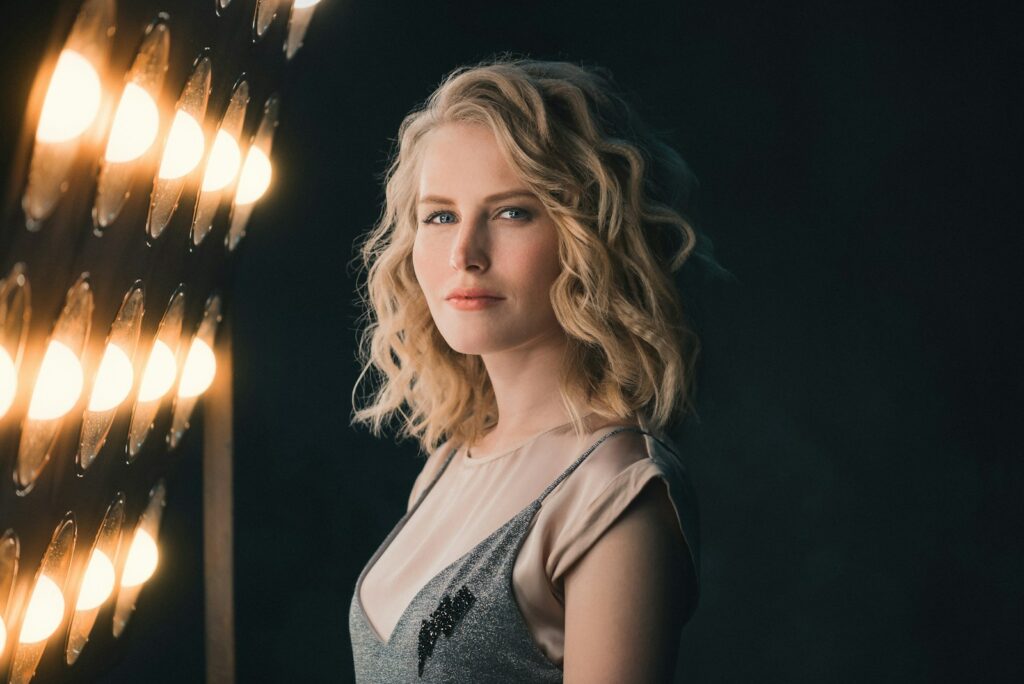In an era where the latest trends are just a click away, the allure of fast fashion is undeniable. With its promise of endless variety and affordability, it’s easy to overlook the darker undercurrents that ripple beneath its surface. However, as awareness grows, so does the understanding of the socio-economic and ethical quandaries tied to fast fashion. This blog post delves into these challenges, explores viable alternatives, and highlights both the progress and obstacles on the path to a more sustainable and ethical fashion industry.
The Tangled Weave of Fast Fashion
Fast fashion’s model is built on rapid production cycles, enabling brands to offer continuous waves of new collections inspired by the latest trends. This relentless turnover not only caters to consumer demand for novelty but also perpetuates a cycle of overconsumption and waste. The socio-economic and ethical issues inherent in this model are multifaceted:
Environmental Impact: The fashion industry is one of the world’s largest polluters. Fast fashion contributes significantly to this footprint through water pollution, the use of toxic chemicals, and monumental waste. The environmental degradation affects communities globally, exacerbating socio-economic disparities.
Labor Exploitation: Behind the allure of affordable fashion lie tales of labor exploitation. Factories often operate in countries with lax labor laws, where workers are subjected to unsafe conditions, long hours, and minimal wages. This exploitation is a stark reminder of the ethical compromises made at the altar of fast fashion.
Cultural Appropriation: In its relentless quest for novelty, the fast fashion industry frequently draws on diverse cultures without acknowledgment or compensation. This appropriation raises ethical concerns about respect, consent, and the commodification of cultural symbols.
Stitching Alternatives: Paths to Ethical Fashion
Confronting the issues within fast fashion necessitates exploring sustainable alternatives. These alternatives not only challenge the status quo but also offer blueprints for a more ethical fashion industry:
Slow Fashion: Emphasizing quality over quantity, slow fashion advocates for the creation of timeless pieces. This approach encourages consumers to make more thoughtful purchases, reducing waste and promoting sustainability.
Circular Fashion: This model focuses on extending the lifecycle of garments through practices like recycling and upcycling. By designing clothes with their eventual disposal in mind, circular fashion aims to minimize waste and environmental impact.
Ethical Brands: A growing number of brands are committing to ethical practices, from fair labor conditions to environmentally friendly materials. These brands offer transparency about their supply chains, allowing consumers to make informed choices.
The Fabric of Progress: Successes and Hurdles
The journey towards a more sustainable and ethical fashion industry is punctuated by both successes and challenges:
- Successes: Initiatives like the Fashion Revolution and the adoption of the United Nations Sustainable Development Goals have highlighted the need for change. The rise of ethical fashion brands and platforms dedicated to sustainable fashion are testament to a growing consumer demand for responsibility and transparency.
- Hurdles: Despite progress, the fashion industry faces significant obstacles. The deeply ingrained culture of consumerism, the cost implications of sustainable practices, and the global nature of supply chains complicate the shift towards ethical fashion. Moreover, greenwashing—a practice where companies exaggerate their environmental efforts—undermines genuine progress.
 Looking Ahead: The Runway to Change
Looking Ahead: The Runway to Change
The path to reforming the fast fashion industry is complex, requiring collective action from brands, consumers, and policymakers. Brands must commit to transparency and sustainable practices, while consumers can drive change by supporting ethical fashion and embracing a more mindful approach to consumption. Legislation plays a crucial role in enforcing labor rights and environmental standards.
For the Fashion Lover: A World of Ethical Fashion Shows
For those passionate about fashion, embracing sustainability doesn’t mean compromising on style. A myriad of fashion shows around the globe are dedicated to ethical and sustainable fashion, showcasing how innovation and responsibility can go hand in hand. Here’s a shortlist of notable events:
- Copenhagen Fashion Week: Known for its sustainability focus, Copenhagen Fashion Week sets the bar high with stringent sustainability requirements for participating brands.
- Green Fashion Week: Held in various cities around the world, Green Fashion Week promotes sustainability in the fashion industry through eco-friendly and ethical designs.
- Eco Fashion Week Australia: A platform for sustainable designers, this event highlights innovative practices and materials in fashion.
- Neonyt in Berlin: Focusing on sustainable innovation, Neonyt combines a trade fair, conferences, and fashion shows to explore the future of fashion.
- Milan Fashion Week’s Green Carpet Challenge: An initiative that brings sustainability to the forefront of one of the world’s most prestigious fashion weeks.
Conclusion
The fast fashion industry’s socio-economic and ethical dilemmas are a call to action for consumers, brands, and policymakers alike. While the journey towards sustainable and ethical fashion is fraught with challenges, the successes of various initiatives offer hope. By supporting sustainable practices, advocating for change, and celebrating ethical fashion, we can all contribute to a future where fashion is not only about aesthetics but also about integrity and responsibility. The revolution in the fashion industry is underway, and each choice we make is a stitch in the fabric of a more sustainable and ethical world.


